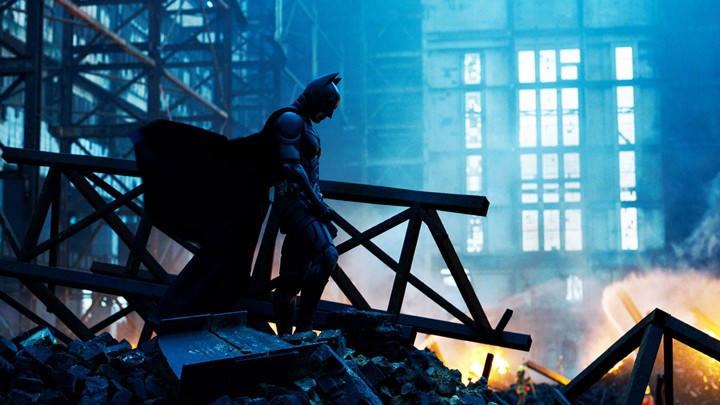Close up –
This close up shot of the character of spiderman dying in his mentor, tony stark’s, arms is used to press emotion onto the audience. The two characters have a sort of father son dynamic as peter doesn’t have a father figure and tony wants a child, because of this a relationship has been set up with the characters across a few prior films that really makes this shot heartbreaking for fans and used to show the weight of thanos’ victory on the other characters as well as the audience.

Big close up –
This close up is mainly used to divert the audiences expectations, as as Thor arrives at the big final fight in the film everything is set up to be a last minute victory for the heroes, and this close up of the “bad guy” of the film, Thanos, with a giant axe in his chest and a pained look on his face gives an audience the impression that the heroes had won, this is also shown in the positioning of the characters, while thor is higher up and holding thanos’ head while thanos looks so weak he cant even hold his head up straight, however at the last second the bad guy completes his plan and the heroes lose, which has a massive impact on the audiance as it was the opposite of what they expected.

Long Shots –
These long shots are used to show the scale of the war. They are there to show the stakes of this fight, the characters know that if they lose this fight they lose half the people on the planet, so they need as many people as they can get, and these shots show the audience how many people are risking their own life for a greater cause, these shots inspire the audience and make them feel their heroes have a chance, which in this film is important as this whole fight is used to build up the audiences expectations of the heroes victory, only to crush these expectations with thanos’ eventual victory.



















